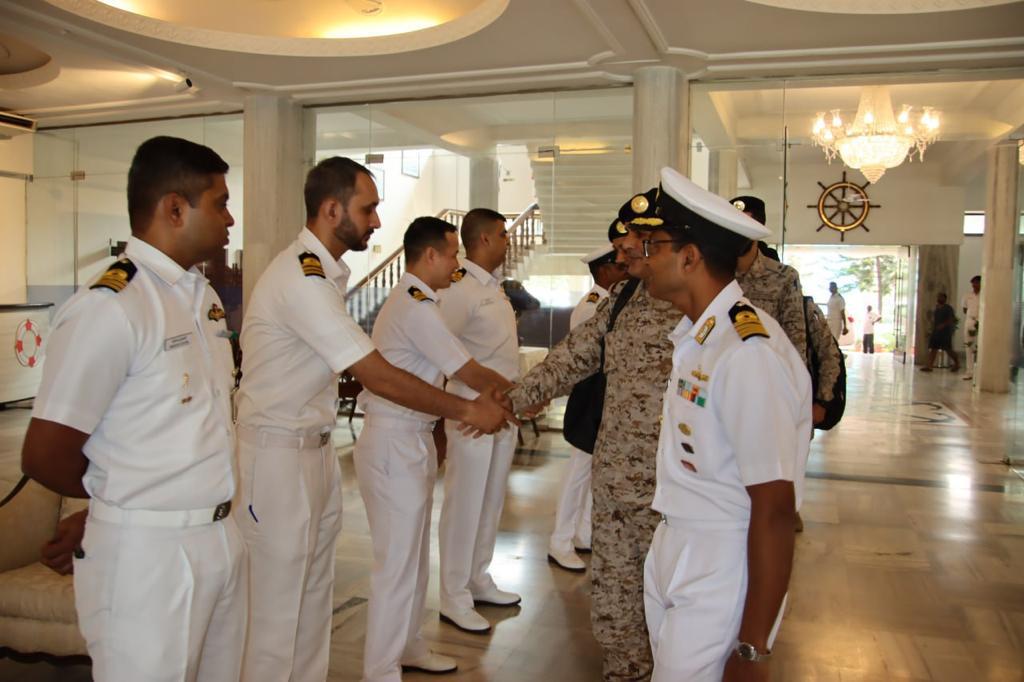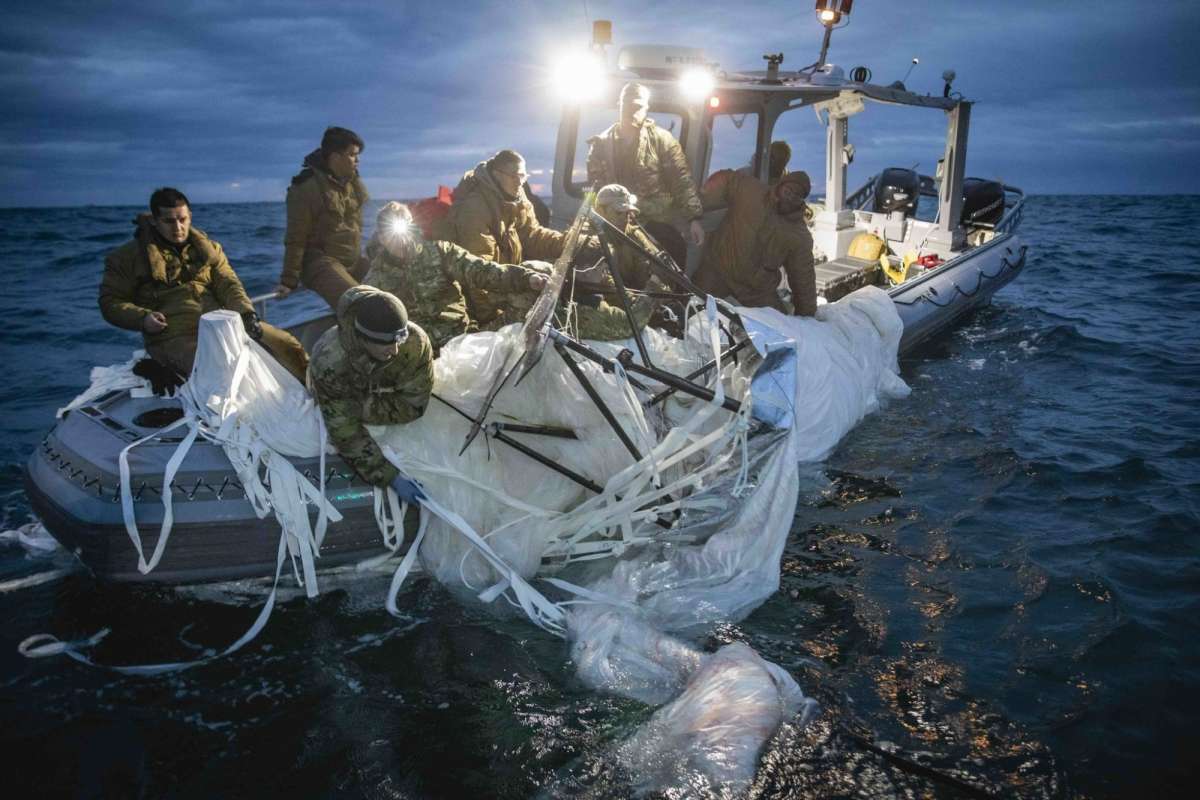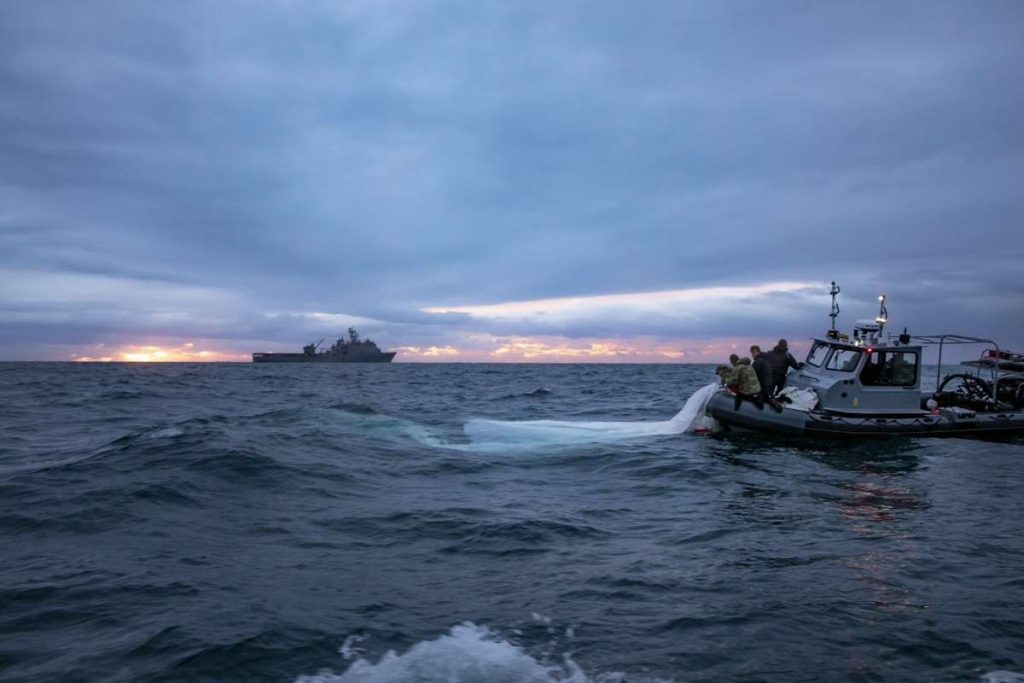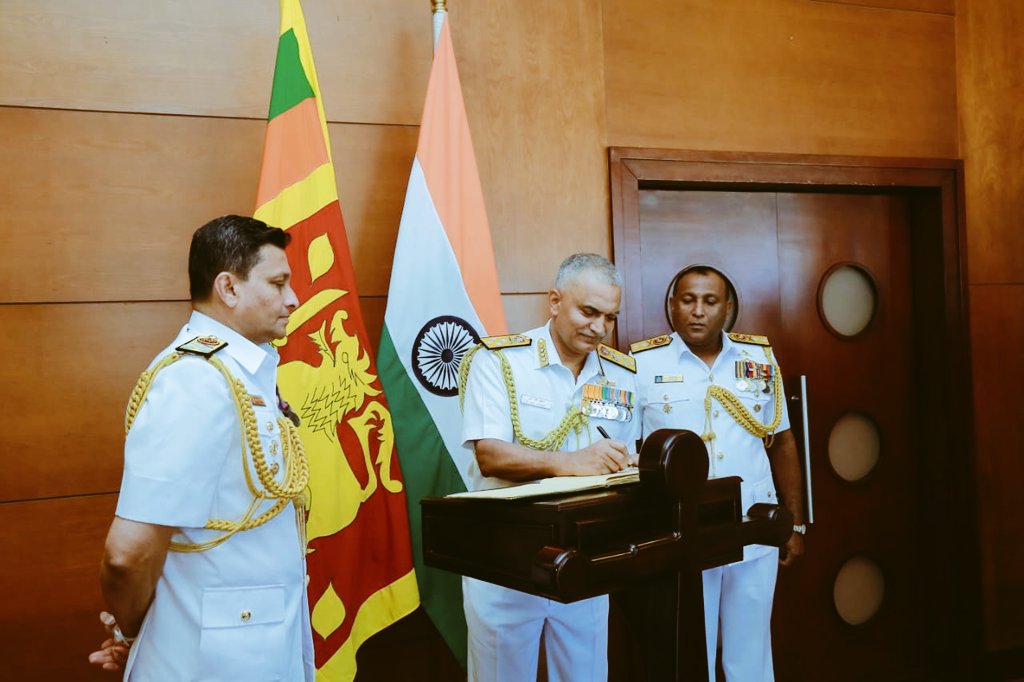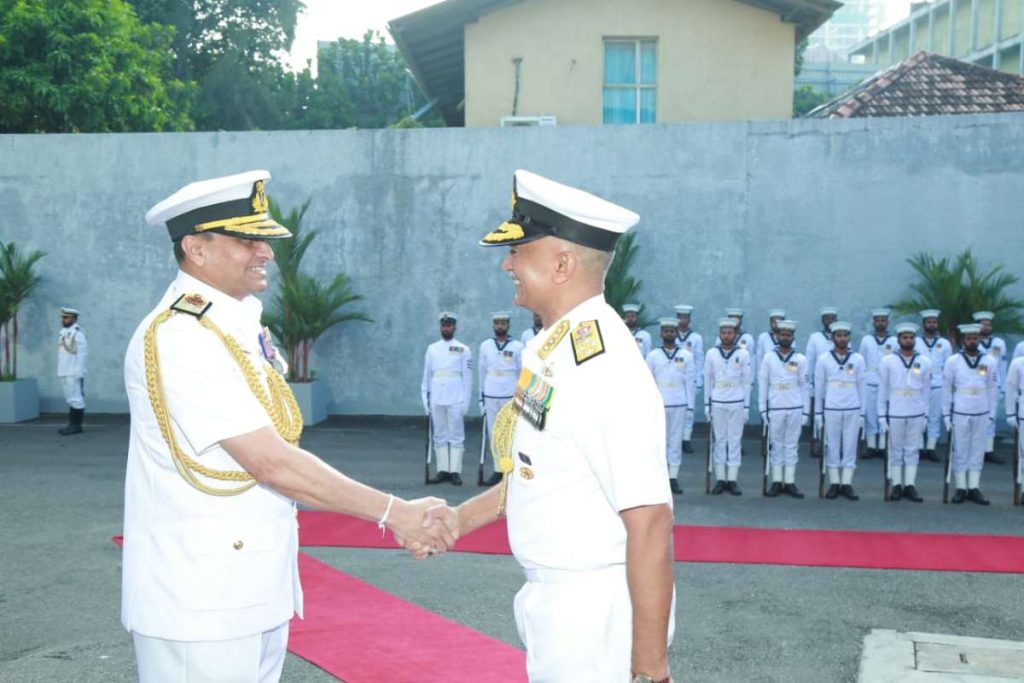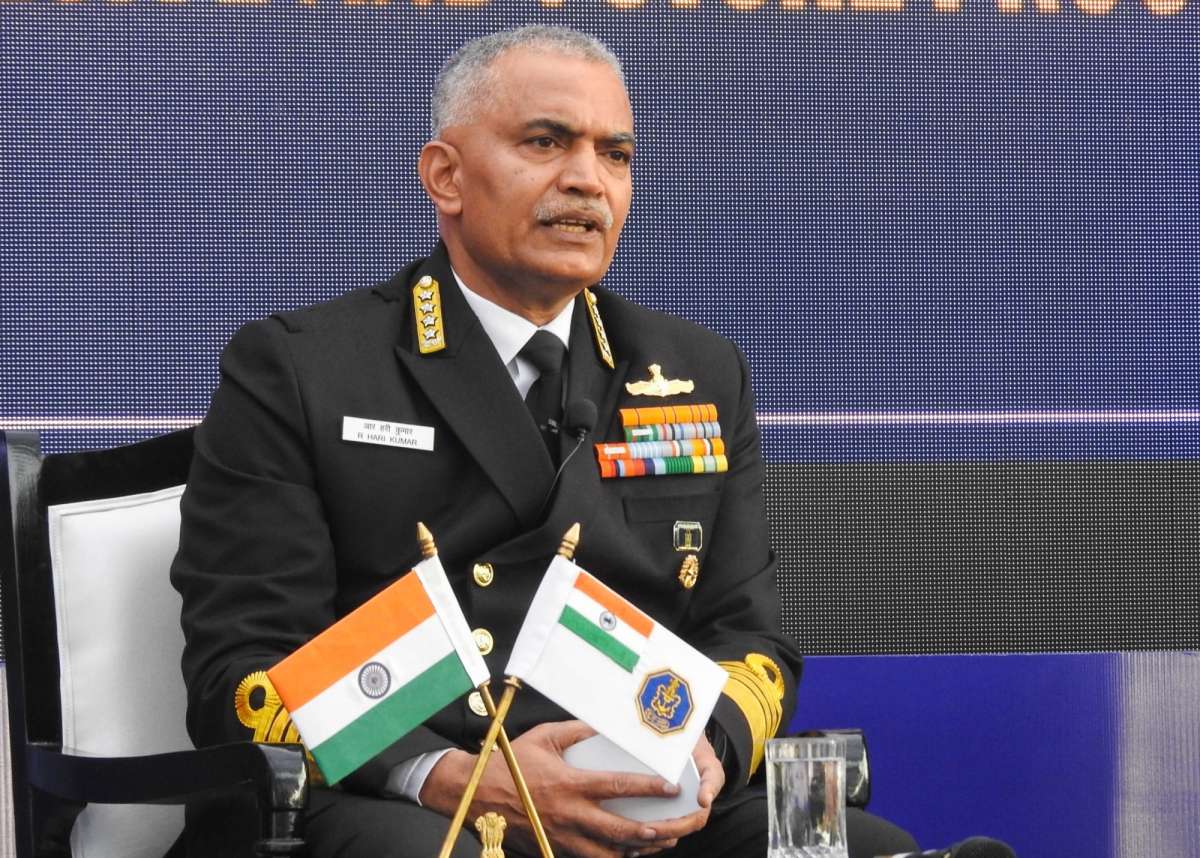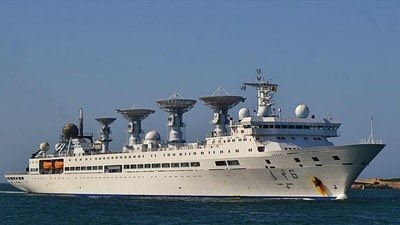The FOC-in-C also interacted with the Chiefs of Army & Air Staff as well as the DG Coast Guard of Bangladesh prior to commencement of the review…reports Asian Lite News
An Indian Navy delegation along with frontline warships INS Kochi, INS Kavaratti, and INS Sumedha participated in the International Fleet Review hosted by the Bangladesh Navy at Cox’s Bazar, Bangladesh on Wednesday (December 7).
Taking to Twitter, the Official Spokesperson of the Indian Navy wrote, “#IndianNavy delegation led by VAdm Biswajit Dasgupta, #FOCinC @IN_HQENC along with 3 Indian Naval warships #INSKochi, #INSKavaratti & #INSSumedha participated in the maiden #InternationalFleetReview (IFR) hosted by the #BangladeshNavy on 07 Dec 22. India-Bangladesh???? @ihcdhaka @bdhc_delhi”
The Indian delegation was led by Vice Admiral Biswajit Dasgupta, Flag Officer Commanding-in-Chief (FOC-in-C) of the Eastern Naval Command, which oversaw operations during the Liberation War.
The FOC-in-C also interacted with the Chiefs of Army & Air Staff as well as the DG Coast Guard of Bangladesh prior to commencement of the review.
The frontline warships of the Indian Navy arrived at Cox’s Bazar on December 6 to ensure large participation in the exercise.
Bangladesh is organizing a four-day International Fleet Review (IFR) for the first time. It commenced on Tuesday near the border area of Cox’s Bazar on the southern Bay of Bengal.
The event began with the inauguration by Bangladesh Prime Minister Sheikh Hasina. It included a beach procession, a fleet review, and insights into the activity of the special forces at sea.
International food festivals and cultural activities with participation from foreigners will also be organized to showcase Bangladesh and the participating nations’ diverse cultures and rich traditions.
The IFR has participation from a number of countries, including the USA, UK, Germany, Italy, Saudi Arabia, India, China, Korea, Indonesia, Turkey, and the Netherlands, in addition to the host country, Bangladesh.
Navy’s 1st Anti-Submarine Warfare Shallow Water Craft to be launched
The Indian Navy’s first Anti-Submarine Warfare Shallow Water Craft (ASWSWC) will be launched on December 16, adding yet another feather in the cap of Garden Reach Shipbuilders and Engineers (GRSE) Ltd.
Though only 77.6 meters long and 10.5 meters wide, this vessel will pack a punch and be capable of hunting down and neutralising the enemy submarines lurking close to India’s coast.
After her launch, the ship will get outfitted with deck equipment, sensors and weapons systems before being delivered to the Navy.
The Navy has ordered 16 such vessels. While eight are being built by GRSE, the remaining are under construction at the Cochin Shipyard Ltd.
In the past, GRSE has built and delivered four Anti-Submarine Warfare Corvettes to the Navy under Project-28. These Kamorta Class of ships were the first ASW Corvettes to join the Indian Navy. With a length of 109 meters, they are much larger than the ASWSWCs being built now.
“We have been operating ASW ships for the last several years (the INS Kamorta joined the Navy in 2014). However, the ASWSWC will have a specific purpose to patrol the country’s vast coastline in search of sub-surface threats. The first ship will be launched on December 16 at Kattupalli, Tamil Nadu. Apart from sensors and weapons systems to tackle underwater threats, these ships will have deck guns for their own protection,” Commodore Indrajeet Dasgupta, Warship Production Supervisor (WPS) for the Indian Navy at GRSE said.
According to another senior naval official, these ships will play a very important role, given the movement of Chinese submarines close to Indian waters. While submarines operating further out at sea can be detected and tackled by ASW Corvettes and long-range surveillance aircraft, midget submarines can get very close to the coast and cause severe damage to harbour entry points and anchored warships. Submarines can also lay mines at harbour mouths. It was reported earlier this year that China’s People’s Liberation Army Navy (PLAN) has developed and inducted midget submarines that can sneak through defences.
“The ASWSWCs will be very capable of tackling such threats. They can operate on their own or in conjunction with aircraft. These ships will also be able to detect mines and take necessary measures,” the official added.
ALSO READ-Navy SEALs join Indian Navy MARCOS for exercise in Goa

